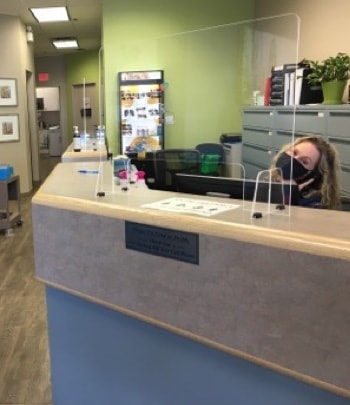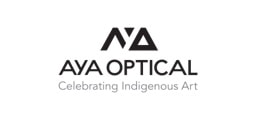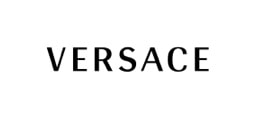LASIK is the most common type of laser eye surgery. It is over 98% effective for patients who use it to correct myopia and myopic astigmatism.
LASIK involves cutting a small flap in the exterior of your cornea with a laser, then reshaping the corneal stroma underneath. Afterwards, the flap is replaced so that it can heal.
LASIK often allows for faster recovery than other types of laser eye surgery. Patients typically achieve clear vision in less than 24 hours and totally heal within 3 months.
LASIK is not effective for people whose corneas are too thin, but PRK can represent a viable alternative. Some research shows even higher patient satisfaction levels for PRK than for LASIK.
PRK involves removing the entire exterior of the cornea with a blade, brush, laser, or alcohol solution so the corneal stroma can be reshaped. The exterior of the cornea then grows back over time.
PRK typically takes longer to recover from than LASIK. Most patients can expect clear vision in less than 5 days and total healing within 6 months.







